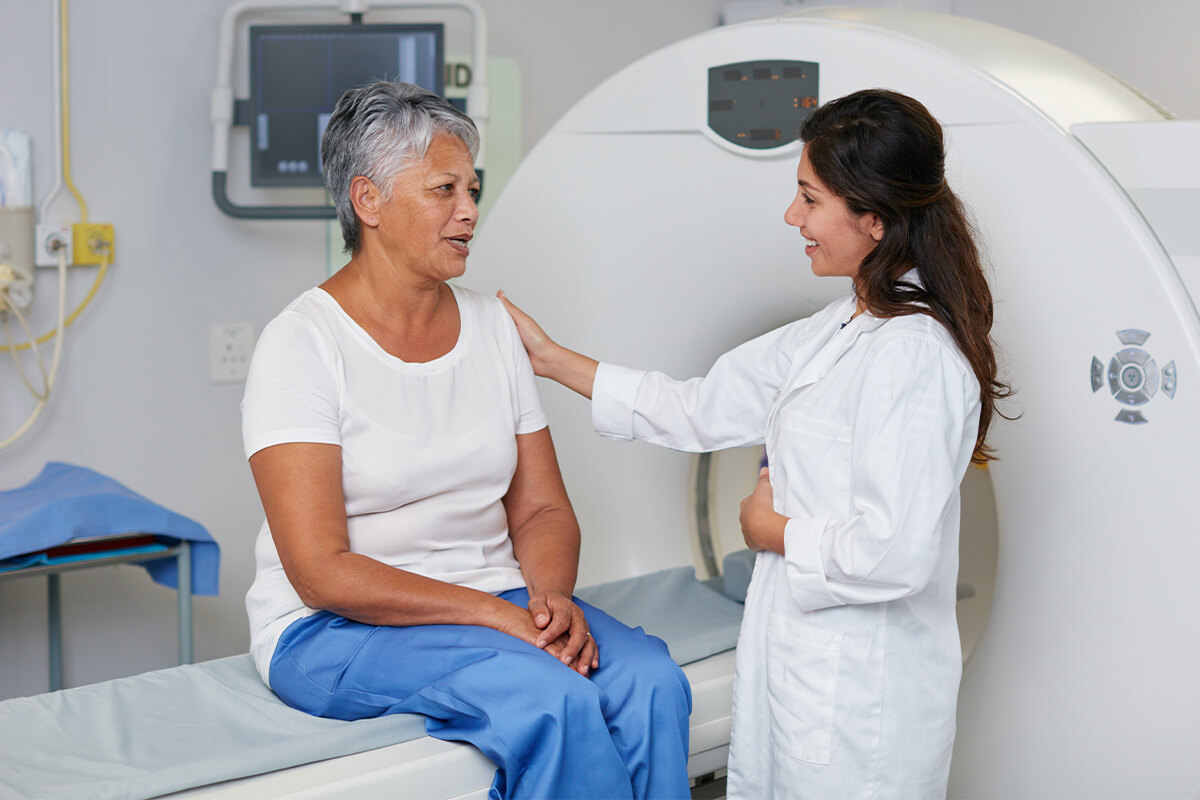Medical Imaging
State-of-the-art diagnostic testing

Adventist Health offers state-of-the-art diagnostic services including MRI, CT scanning, nuclear medicine, digital x-ray, echocardiography services, ultrasound, digital mammography, 3D ultrasound. Services vary by location, so contact your local Adventist Health to confirm they offer the service you need.
Magnetic resonance imaging (MRI)
Instead of using radiation, MRIs use strong magnetic fields and radio waves to create an image of the body. MRIs are used to diagnose a number of conditions such as cancer, cardiovascular disease and musculoskeletal disorders, as well as examining the soft tissues of the brain and spine.
Computed tomography (CT) scan
Using a combination of X-rays and computer technology, CT scans create detailed images of the body’s organs and internal structures. CT scans can be done relatively quickly and are completely painless, making them useful in emergency situations when a patient needs a detailed image.
Bone densitometry (DEXA) scan
A DEXA scan is an advanced form of X-ray that uses small amounts of radiation to create images of the bones and assess bone density. DEXA scans are painless and most often used to diagnose osteoporosis and bone injuries. These tests are painless and relatively simple.
Digital mammography and breast health services
Mammography is a primary tool in the fight against breast cancer. It creates an image of breast tissue that radiologists scan for early signs of breast cancer. Unlike traditional mammograms, digital mammograms capture images on a computer, meaning results can be reviewed and shared faster. Breast health services include breast biopsy, breast ultrasound and breast MRI.
Locate breast health services near you
Nuclear medicine imaging
During a nuclear medicine test, a small, safe amount of radioactive material is placed into the patient through an injection, oral medication or vapor. This radioactive material, which acts like a dye to highlight specific parts of your body, is then captured by gamma cameras, which form images that give the doctor an idea of how your body is functioning.